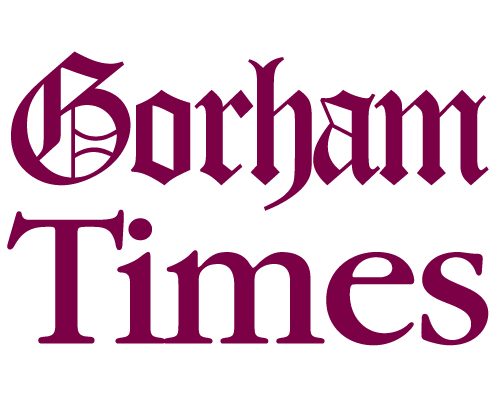Now that all students attending Gorham schools will be working at home when they are not in the classroom, what will they be doing on those three days a week? The answer depends on the grade level as well as the individual teacher. Although students will work individually, the goal of the School District is to engage them in as much synchronous learning as is appropriate and possible online. According to Superintendent Heather Perry, synchronous learning means that the at-home student would be “engaged in learning at the same time their peers are engaged in that content area under the direction of the classroom teacher.”
At the elementary school level the purpose of synchronous learning is to provide social and emotional learning and support through whole class face-to-face interaction. A weekly morning meeting would help build connections with classmates and their teacher. However, The District Leadership Team (DLT) does not believe synchronous learning is appropriate during academic instruction with other students in the classroom. Elementary teachers instruct using short lessons, guided work, and independent work. The two days in the classroom will prepare students to work independently at home. They need “paper and pencil time,” according to Great Falls Elementary principal Becky Fortier, and not so much screen time. And the teachers need to focus on the students who are physically present to make sure they understand the material. Students will be ready to do independent practice at home, just as they would if they were in school.
At Gorham Middle School (GMS), students would gain social and emotional support through a weekly online advisory meeting, where small groups would join together with their advisors. According to Principal Quinton Donahue, “Students will be asked to log into their Google classroom for class assignments, activities, or collaboration with peers during certain class times each day.” Some 30-minute class times “will be aligned with the times of in-person classes for students that are in the building,” he said. “That will provide opportunities for peer connection between the two groups.” Teachers will design learning plans for at-home instruction that will, among other goals, “allow for greater depth of understanding, integrate real world connections, and practice concepts.” Teachers may offer a “flipped classroom” where students all watch a lesson at home and then work on it in class. As with elementary school, however, online synchronous learning at GMS “would not be appropriate on a regular basis during academic instruction when other students are physically present.”
For a high school student, the purpose of synchronous learning is to provide engagement and learning opportunities that foster discussion and topic exploration, as well as social and emotional support. Principal Brian Jandreau is trusting GHS teachers’ “professional judgement and allowing flexibility for the way they teach best in a synchronous model.” Students will be following their course schedule and be prepared to log in, but each teacher may have different ways of using that time. Some might have students log in through Zoom, another may assign group projects, and another might record an instructional video for all students to watch and discuss during an in-school class. They may receive additional instruction or feedback. Jandreau said students will be told “you need to be available and engaged during your days at home — it’s not a day off — it is a day working at home.”


